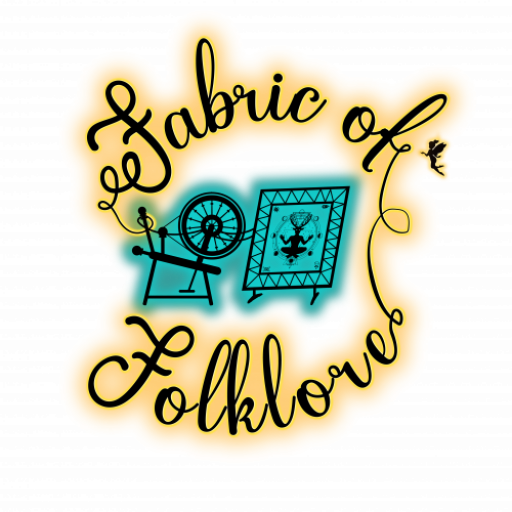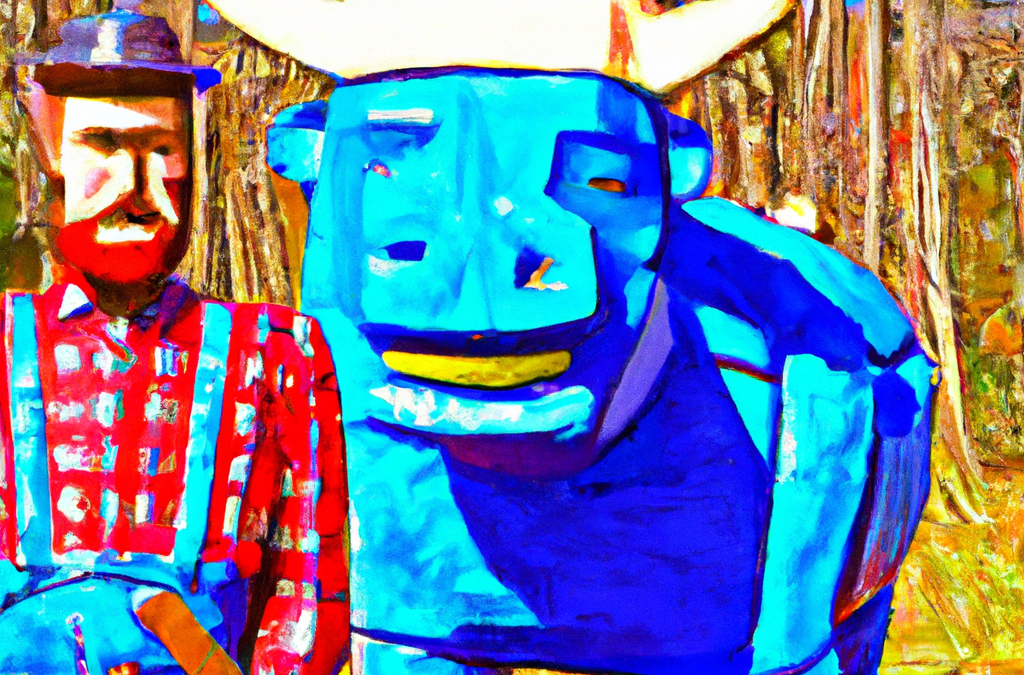Legends, throughout human history, have played a crucial role in shaping cultures, beliefs, and storytelling traditions across the world. These narratives often blur the lines between fact and fiction, providing a unique blend of entertainment, moral lessons, and cultural identity. In episode 2, Dr. Kristina Downs describes what distinguishes a legend when discussing her exploration of true crime communities. This article explores these characteristics in slightly more depth by highlighting examples of common legends heard in America and beyond.
“A legend is a story which is presented as true, usually about real people though it might be a real person interacting with something Supernatural…Legends take place in specific times in specific places. The other thing about Legends is that they do have some kind of message or moral but they’re not openly stated so it’s not like a fable that’s going to end with you know the slow and steady wins the race.”
Dr. Kristina Downs (episode 2)
Characteristics of Legends
- Told through Oral Tradition
- Lines Between Reality and Fantasy Blurred
- Moral and Cultural Significant
- Iconic Characters
- Local Variations
Characteristics of Legends Described
- Oral Tradition: Legends are primarily transmitted orally from generation to generation through storytellers. They evolve over time as they pass through the filter of human memory and imagination. This characteristic makes them fluid, allowing for regional variations and adaptations.
- The legendary Robinhood was told through songs or ballads. The earliest surviving text was believed to be written around 1450.
- Blurred Lines Between Reality and Fantasy: Legends often challenge our perceptions of reality. They mix elements of truth with the supernatural, creating a sense of wonder and intrigue.
- Some Historians believe Paul Bunyan was based in large part on an actual lumberjack named Fabian Fournier, nicknamed “Saginaw Joe.” He was a six foot tall French-Canadian timberman (which was giant in comparison to the average 5 foot male) with giant hands.
- Moral or Cultural Significance: Legends frequently convey important moral or cultural messages. They teach values, ethics, and traditions, and are used as a means of imparting knowledge to younger generations.
- The theme in the Robinhood ballads of the free but persecuted outlaw enjoying the forbidden hunting of the forest during turbulent times and agrarian discontent stemmed from the common folk resenting new laws restricting hunting rights and general cruelty of the medieval period. The popular songs represented hope and a spirit of revolt during a time of repression.
- Iconic Characters: Legends often feature iconic characters who embody the values, fears, or aspirations of a particular culture. These characters can be heroes, villains, or even supernatural beings.
- Johnny Appleseed‘s simple and kind-hearted character and his mission to plant apple trees across the land make him a memorable legend.
- Local Variation: Legends are not limited by geographical boundaries. They adapt to their surroundings, reflecting the unique characteristics and history of the region where they are told. This is why similar legends can be found across different cultures.
- There are many legends around the world of a great flood, besides that of Noah in the Old Testament. The story of Pattan’s Pumpkin is one such traditional flood story from the Irular tribe in southern India. Instead of an ark, Pattan uses a giant pumpkin.
Examples of Common Legends in America and Beyond
- The Legend of Paul Bunyan:
- Originating in North America, the legend of Paul Bunyan is a classic example. It tells the story of a giant lumberjack and his blue ox, Babe. This legend reflects the pioneering spirit and resilience of early American settlers. Similarly, in Finland, there’s a similar legend of “Väinämöinen,” a hero who played a significant role in Finnish mythology, highlighting the importance of nature and the land.
- The Legend of John Henry:
- Another American legend is that of John Henry, an African American folk hero who famously raced against a steam-powered drill. This legend reflects the struggles of the working class and the human spirit’s resilience in the face of automation. In China, the legend of “Duanmu Ci” parallels this theme with a skilled craftsman who competes against machines.
- The Legend of La Llorona:
- A haunting legend heard in many Latin American countries, including the United States, is the tale of La Llorona, or the Weeping Woman. It warns children of the consequences of disobedience and is a cautionary tale about the power of maternal love. Similar stories of ghostly women exist in cultures worldwide, such as the Japanese “Yurei” and the Scottish “Banshee.”
- The Legend of the Loch Ness Monster:
- In Scotland, the Loch Ness Monster is a legendary creature said to inhabit Loch Ness. Similarly, across the globe, there are legends of mysterious lake monsters in places like Lake Champlain in the United States (Champ) and Lake Okanagan in Canada (Ogopogo). These legends evoke the fascination with the unknown and the allure of cryptids.
“Sometimes the same Legend takes place in multiple specific times in multiple specific places. So here in Texas one of our famous legends are the ghost tracks in San Antonio where they say that a school bus was hit by a train. And if you put your car on the train tracks and put your car neutral it will roll uphill off of the train tracks. And they say that its the spirits of the children pushing you to safety. People will put flour on the back of their car so you can see hand prints showing this. And there’s ghost tracks in several other places as well, so there are several other places that have really similar stories.”
“But you have the same kind of thing, the vanishing hitchhiker, where you have a man who’s driving at night and he sees a woman on the side of the road and it’s usually raining and kind of isolated area and he pulls over an officer a ride she tells him where she’s going and he gives her his coat because she’s shivering and then when he pulls up to the address she gave him and he turns to let her out of the car she’s not there. And he’s confused so he goes to the door to check and see if she got in okay and an older woman answers the door and says, ‘oh that was my daughter who died 25 years ago tonight in that exact spot where you’ve encountered her she was hit by a car.’ And he goes to her Tombstone the next day and finds his jacket folded neatly on her tombstone. That story we can date to at least to the 19th century where it’s a person driving a carriage who pulls over and picks up. And it’s told all over the world. I was teaching this one time and one of my students who was from Ecuador looked at me really confused and she said, no that happened in Guayaquil, I know exactly where that story happened. It’s not an American story.”
Dr. Kristina Downs (episode 2)
Conclusion
Legends are a universal form of storytelling that transcends borders and time periods. They continue to captivate audiences with their unique characteristics, blending fact and fiction to convey cultural values and moral lessons. While legends may vary from one country to another, the underlying human desire to share these captivating narratives remains a constant, highlighting the enduring power of legends in our global cultural tapestry.
What is your favorite legend and what captivated you about it? What moral lesson did you incorporate into your life, if any from this legend?

